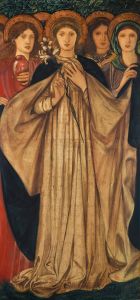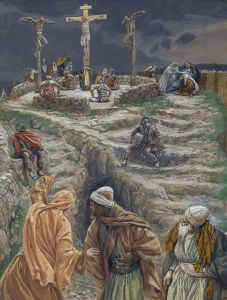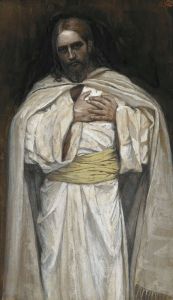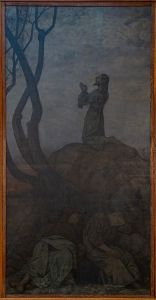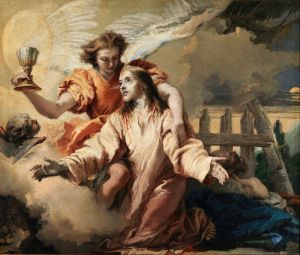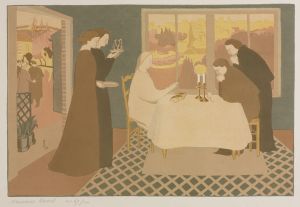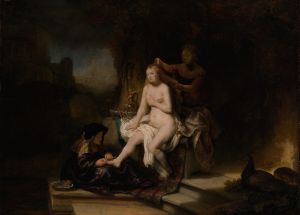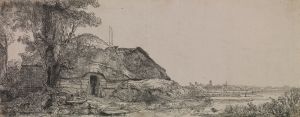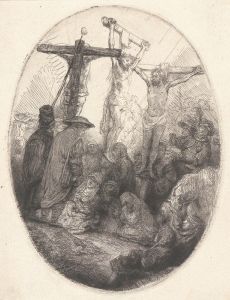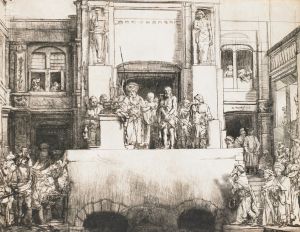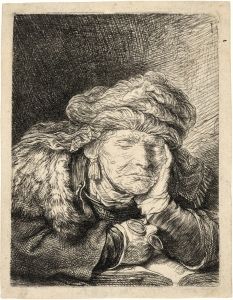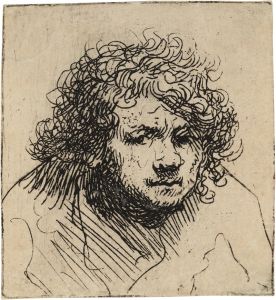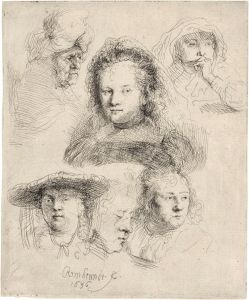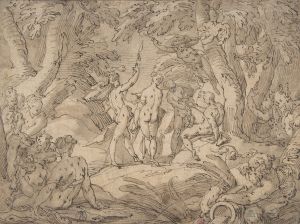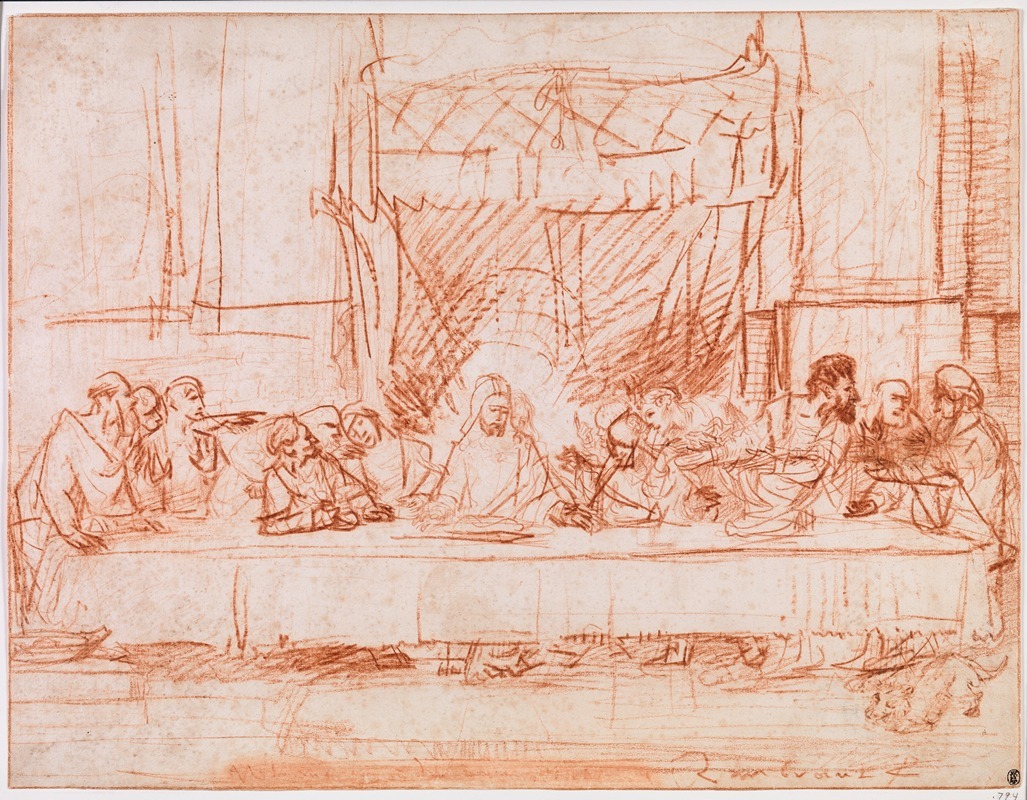
The Last Supper, after Leonardo da Vinci
A hand-painted replica of Rembrandt van Rijn’s masterpiece The Last Supper, after Leonardo da Vinci, meticulously crafted by professional artists to capture the true essence of the original. Each piece is created with museum-quality canvas and rare mineral pigments, carefully painted by experienced artists with delicate brushstrokes and rich, layered colors to perfectly recreate the texture of the original artwork. Unlike machine-printed reproductions, this hand-painted version brings the painting to life, infused with the artist’s emotions and skill in every stroke. Whether for personal collection or home decoration, it instantly elevates the artistic atmosphere of any space.
"The Last Supper, after Leonardo da Vinci" by Rembrandt van Rijn is an artwork that reflects the influence of Leonardo da Vinci's iconic mural "The Last Supper" on the Dutch master Rembrandt. While Leonardo's original work, created between 1495 and 1498, is a large mural painting located in the Convent of Santa Maria delle Grazie in Milan, Rembrandt's interpretation is a smaller-scale piece that showcases his unique artistic style and approach.
Rembrandt Harmenszoon van Rijn, born in 1606 in Leiden, Netherlands, is one of the most celebrated painters in European art history. Known for his masterful use of light and shadow, as well as his deep psychological insight into his subjects, Rembrandt produced a vast body of work that includes portraits, landscapes, and biblical scenes. His interpretation of "The Last Supper" is part of this rich legacy.
"The Last Supper" by Leonardo da Vinci depicts the moment Jesus announces that one of his disciples will betray him. The composition is renowned for its dramatic use of perspective, the emotional expressions of the apostles, and the symbolic placement of figures. Leonardo's work has inspired countless artists over the centuries, including Rembrandt.
Rembrandt's version of "The Last Supper" is not a direct copy but rather a reinterpretation that reflects his own artistic sensibilities. While the exact date of Rembrandt's work is not definitively known, it is believed to have been created during the mid-17th century, a period when Rembrandt was deeply engaged with biblical themes.
In Rembrandt's interpretation, the composition and arrangement of figures are influenced by Leonardo's original, but there are notable differences. Rembrandt's use of chiaroscuro, the contrast between light and dark, is more pronounced, creating a dramatic and intimate atmosphere. The expressions and gestures of the apostles are rendered with Rembrandt's characteristic attention to human emotion and individuality.
Rembrandt's "The Last Supper" is also distinguished by its medium. While Leonardo's original is a fresco, Rembrandt's work is an oil painting, which allows for a different texture and depth of color. The use of oil paint enables Rembrandt to achieve a richness and subtlety in the depiction of light and shadow that is characteristic of his style.
The painting is part of a broader tradition of artists reinterpreting and paying homage to Leonardo's masterpiece. Rembrandt's version stands out for its unique blend of reverence for the original and the incorporation of his own artistic vision. It reflects the enduring impact of Leonardo's work on subsequent generations of artists and highlights Rembrandt's ability to engage with and reinterpret classical themes.
Overall, "The Last Supper, after Leonardo da Vinci" by Rembrandt van Rijn is a testament to the dialogue between two of the greatest artists in Western art history. It showcases Rembrandt's skill in capturing the human condition and his ability to infuse familiar biblical scenes with new life and meaning.





